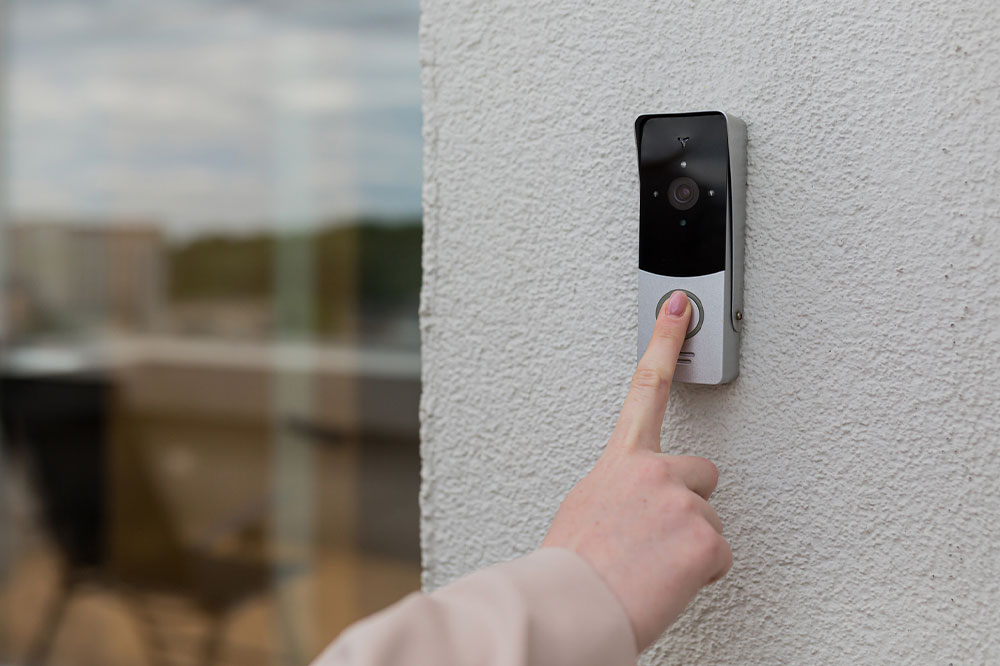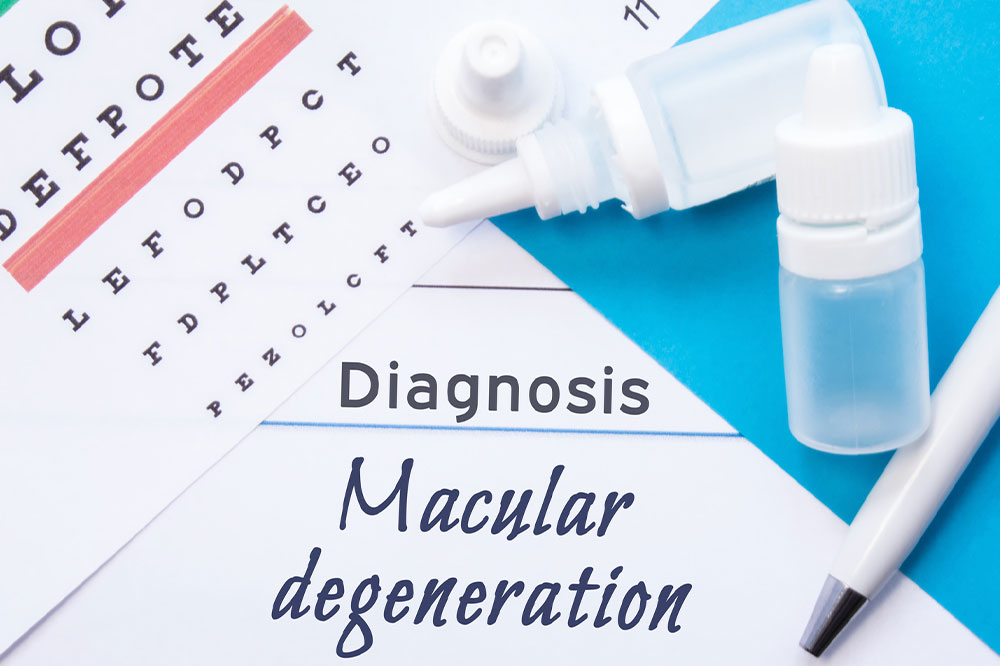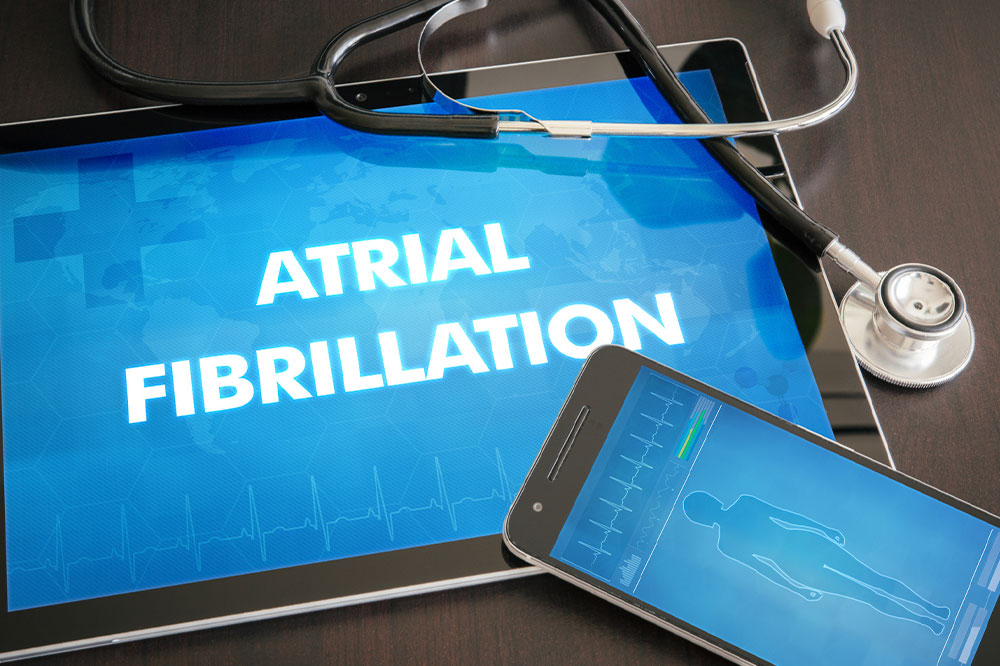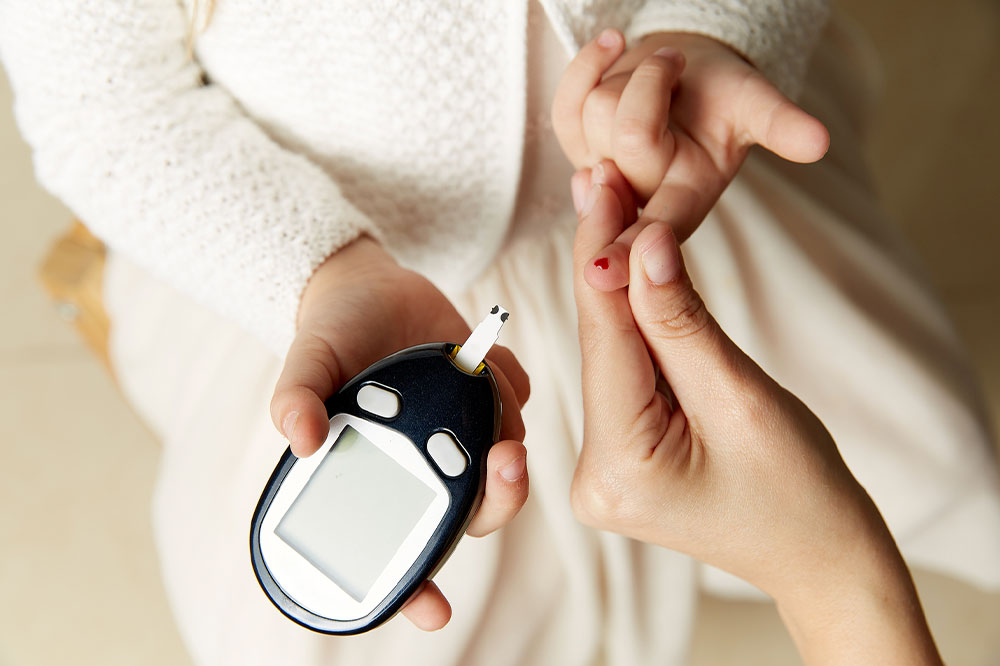decoding copd understanding symptoms and treatment options

Decoding COPD: Understanding Symptoms and Treatment Options
Chronic Obstructive Pulmonary Disease (COPD) is a progressive lung condition that affects millions of people worldwide. This chronic and potentially debilitating disease encompasses various lung conditions, primarily chronic bronchitis and emphysema. In this article, we will delve into the symptoms and treatment of COPD, shedding light on this prevalent but often misunderstood condition. Keep reading to know more about the common symptoms and treatment of COPD, and how you can improve your lung health.
Recognizing the Symptoms
COPD is often called a “silent disease” because its symptoms tend to develop slowly over time. Many individuals may not realize they have COPD until the condition has progressed significantly. However, early recognition of symptoms is crucial for effective management. Here are common symptoms of COPD:
1. Chronic Cough: A persistent cough, often accompanied by mucus (sputum) production, is one of the initial signs of COPD. This cough is often referred to as “smoker’s cough.”
2. Shortness of Breath: Breathlessness, especially during physical activity, is a hallmark symptom of COPD. Over time, it can interfere with daily activities.
3. Wheezing: Wheezing, or a high-pitched whistling sound when breathing, is common in individuals with COPD, particularly during exhalation.
4. Chest Tightness: Many people with COPD describe a feeling of tightness or pressure in the chest, which can be uncomfortable and distressing.
5. Frequent Respiratory Infections: COPD makes the lungs more susceptible to infections like bronchitis and pneumonia, leading to more frequent episodes.
6. Bluish Lips or Fingernails: In advanced stages, COPD can reduce the oxygen levels in the blood, leading to bluish discoloration of the lips or fingernails (cyanosis).
7. Unintended Weight Loss: COPD can lead to a loss of appetite and unintended weight loss, which is a sign of severe disease progression.
8. Difficulty Concentrating: Decreased oxygen levels in the blood can affect cognitive function, leading to difficulties with concentration and memory.
9. Fatigue: Many individuals with COPD experience chronic fatigue, which can be attributed to the increased effort required for breathing.
10. Frequent Respiratory Flare-Ups: COPD can lead to sudden worsening of symptoms, known as exacerbations or flare-ups, characterized by increased cough, more mucus production, and heightened breathlessness.
11. Reduced Exercise Tolerance: COPD often results in a decreased ability to engage in physical activities or exercise due to shortness of breath and fatigue.
12. Barrel Chest: In advanced stages, the chest may take on a barrel-like shape due to overinflation of the lungs.
13. Morning Headaches: Low oxygen levels during sleep can lead to morning headaches.
14. Swelling in Ankles and Feet: COPD can affect the heart’s ability to pump blood effectively, potentially leading to fluid retention and swelling in the lower extremities.
It’s important to note that symptoms can vary widely among individuals with COPD, and not everyone will experience all of these symptoms. Additionally, the severity of symptoms may fluctuate over time.
Diagnosis and Staging
A healthcare provider can diagnose COPD through a combination of medical history, physical examination, lung function tests (spirometry), and imaging studies. Additionally, the severity of COPD is often classified into stages based on the GOLD (Global Initiative for Chronic Obstructive Lung Disease) guidelines:
– Stage 1 (Mild): Mild airflow limitation, with FEV1 (forced expiratory volume in one second) ≥ 80% predicted.
– Stage 2 (Moderate): Moderate airflow limitation, FEV1 between 50% and 79% predicted.
– Stage 3 (Severe): Severe airflow limitation, FEV1 between 30% and 49% predicted.
– Stage 4 (Very Severe): Very severe airflow limitation, FEV1 < 30% predicted or < 50% predicted with chronic respiratory failure.
Treatment Approaches
While COPD is a chronic condition with no known cure, various treatment options can effectively manage symptoms and improve quality of life. The choice of treatment depends on the severity of the disease and individual factors. Here are some key treatment approaches:
Certainly, here are some details on the treatment approaches for COPD:
1. Lifestyle Modifications:
– Exercise: Pulmonary rehabilitation programs involving exercise training can improve lung function, endurance, and quality of life.
– Diet: A balanced diet can help maintain overall health. Some individuals with COPD may benefit from nutritional counseling.
2. Medical Intervention:
– Bronchodilators: These help relax the airway muscles, making it easier to breathe. They can be short-acting or long-acting, depending on the severity of COPD.
– Inhaled Corticosteroids: These reduce airway inflammation and mucus production. They are often used in combination with bronchodilators.
– Phosphodiesterase-4 Inhibitors: These can reduce inflammation in the airways.
– Antibiotics: Antibiotics may be prescribed during exacerbations to treat respiratory infections.
3. Oxygen Therapy:
– In cases of severe COPD and low blood oxygen levels, supplemental oxygen therapy can be administered to improve oxygen saturation in the blood.
4. Surgery:
– Lung Volume Reduction Surgery (LVRS): In some cases, removing damaged lung tissue can improve lung function.
– Lung Transplant: For severe COPD that doesn’t respond to other treatments, a lung transplant may be considered.
5. Vaccinations:
– Influenza Vaccine: Annual flu shots are recommended to reduce the risk of respiratory infections.
– Pneumococcal Vaccine: This vaccine helps protect against pneumonia, a common complication of COPD.
6. Pulmonary Rehabilitation:
– Comprehensive programs that include exercise training, education, and nutritional counseling to improve overall health and well-being.
7. Supportive Therapies:
– Counseling: Addressing the emotional and psychological aspects of living with COPD can be beneficial.
– Breathing Techniques: Learning specific breathing techniques can help manage symptoms.
– Mucus Clearance Devices: These devices can assist in clearing excess mucus from the airways.
8. Telehealth Services:
– Remote monitoring and telehealth services allow healthcare providers to monitor COPD patients’ condition and adjust treatment plans as needed.
It’s essential for individuals with COPD to work closely with their healthcare team to develop a personalized treatment plan. COPD is a chronic condition, and its management typically involves ongoing care, regular follow-up appointments, and adjustments to the treatment plan as needed.
Managing COPD Effectively
COPD is a lifelong condition, but with proper management and lifestyle adjustments, individuals with COPD can lead fulfilling lives. Regular follow-up with healthcare providers, adherence to prescribed treatments, and a focus on a healthy lifestyle can significantly improve COPD outcomes.
Understanding the symptoms and treatment of COPD and seeking early diagnosis are crucial steps in managing this condition. With the right support and strategies, individuals with COPD can breathe easier and enjoy a better quality of life.
References
https://www.healthline.com/health/copd
https://www.cdc.gov/copd/features/copd-symptoms-diagnosis-treatment.html







